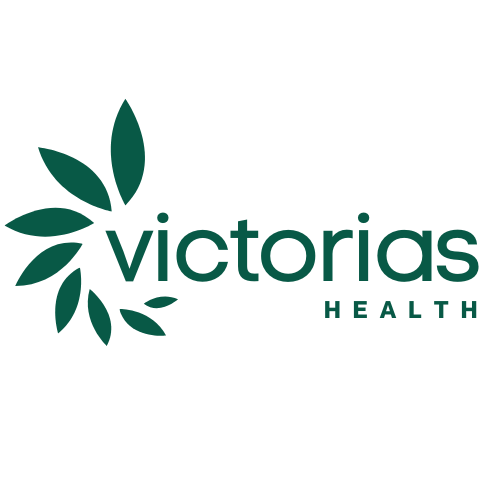Every home tells a story, but the quiet shelf of health supplies often gets ignored until something goes wrong.
A scraped knee, a fever at midnight, or a sudden allergic reaction can catch anyone off guard. Preparedness does not mean fear. It means control.
Some rely on Bulk first aid kits tucked away in closets. Others build their own stash over time.
The difference comes down to knowing what earns a place in your cabinet. A smart setup fits your life, not a checklist. You do not need everything. You only need what works.
Now is the time to check your shelf, clear the clutter, and get serious about what stays. Each item below earns its spot for a reason.
Scan the list. See what you have. Add what you need. Your future self will thank you.
Adhesive Bandages: Your First Line of Defense Against Cuts and Scrapes
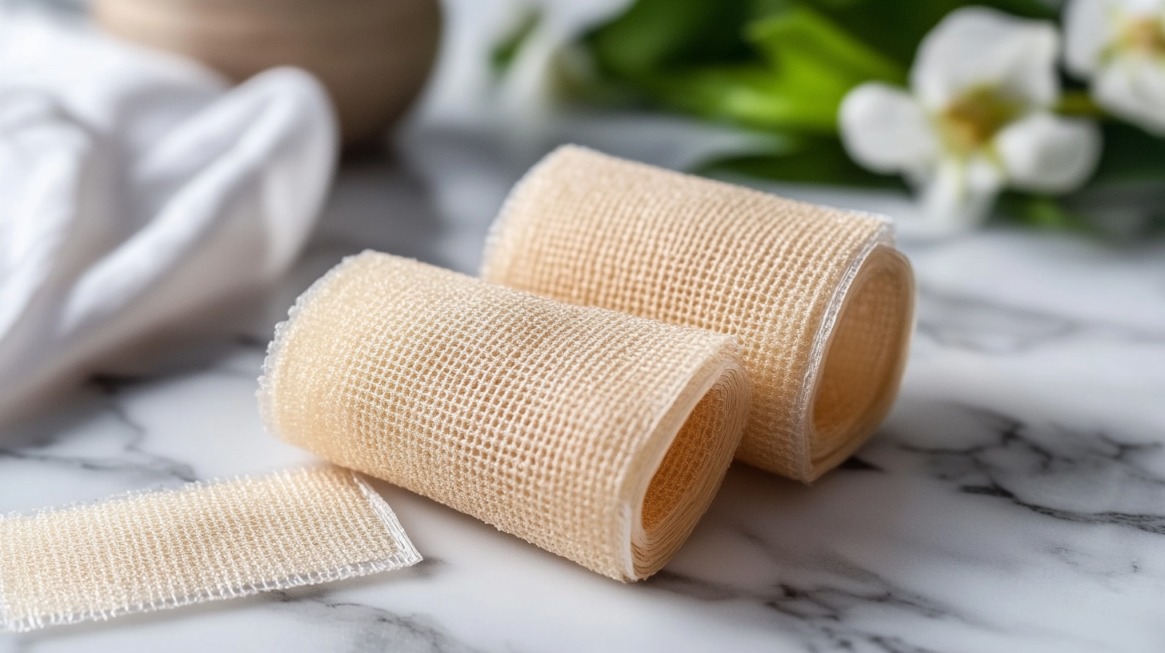
Adhesive bandages handle minor cuts, blisters, and scrapes instantly. Exposure to air and bacteria slows healing. Covering a wound helps keep it clean and protected.
Keep assorted sizes. Small strips for finger nicks. Larger ones for scrapes or elbow grazes. Choose water-resistant types for better hold during hand washing.
Sterile Gauze Pads: Essential Coverage for Larger Wounds
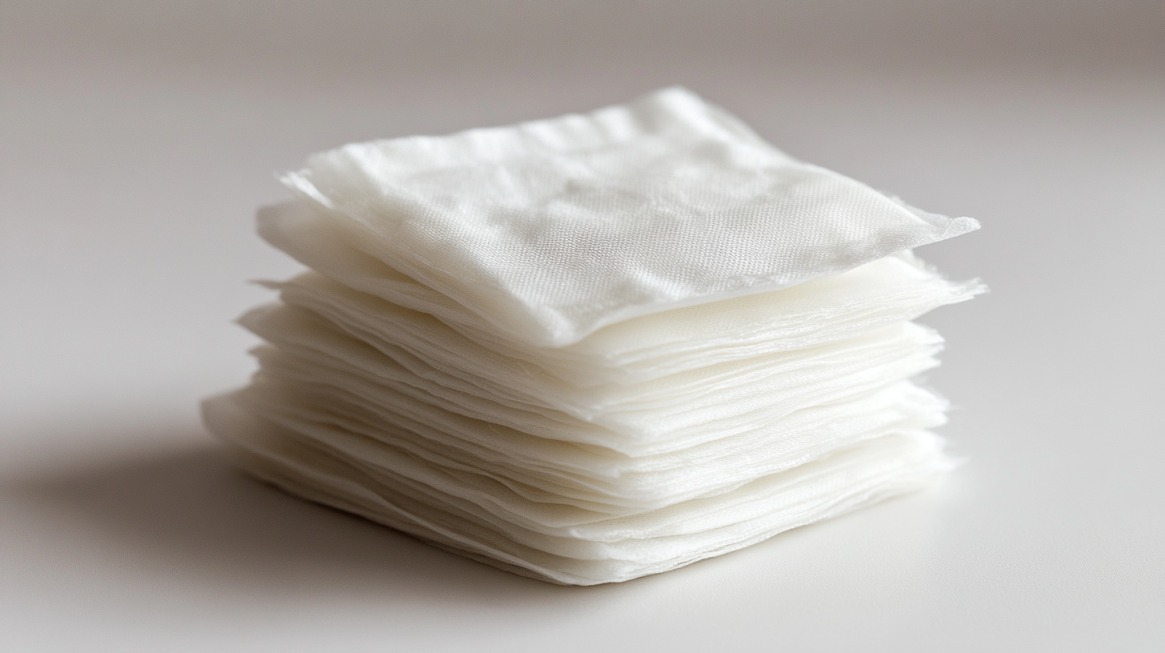
Cuts that bleed more or cover a wider area need sterile gauze pads. They absorb more fluid and offer better airflow for healing.
4×4-inch gauze squares work for most needs. Include a roll of gauze wrap to hold pads in place. Add paper tape for a gentle hold that suits all skin types.
Antiseptic Wipes: Fast, No-Mess Wound Cleaning
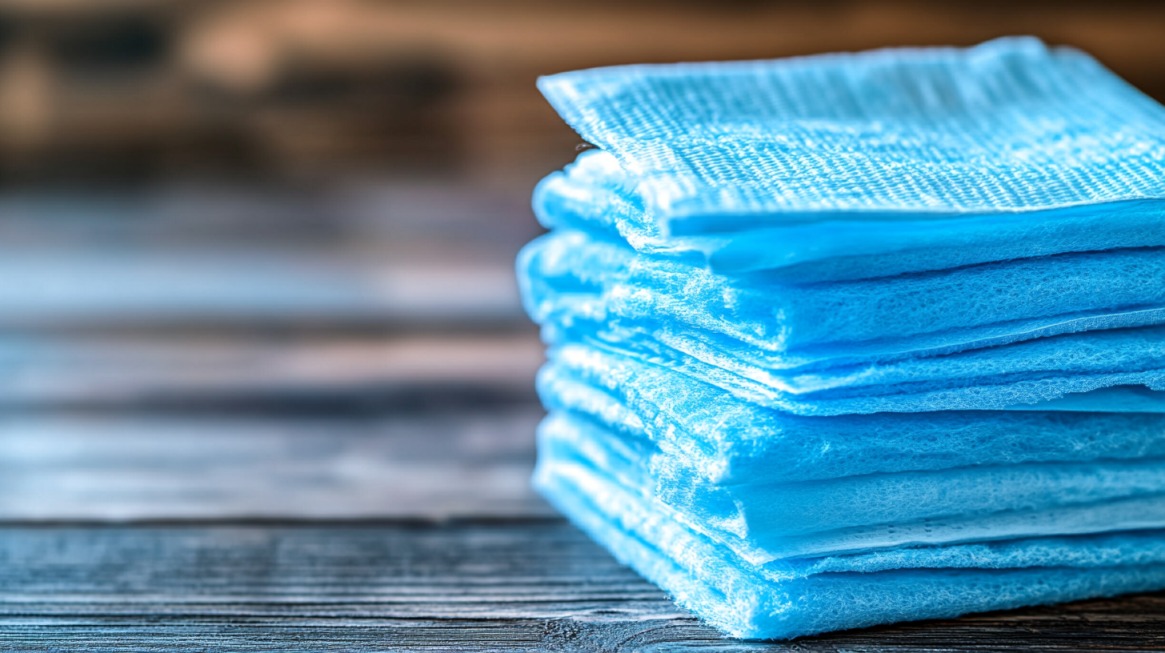
Infection often begins with poor cleaning. Dirt and bacteria around a cut invite swelling and delay recovery. Antiseptic wipes kill germs fast and do not spill like liquid cleaners.
Individually wrapped alcohol-free wipes avoid skin dryness. Look for wipes with benzalkonium chloride for gentler disinfection on cuts or burns.
Digital Thermometer: Instant Clarity on Fevers
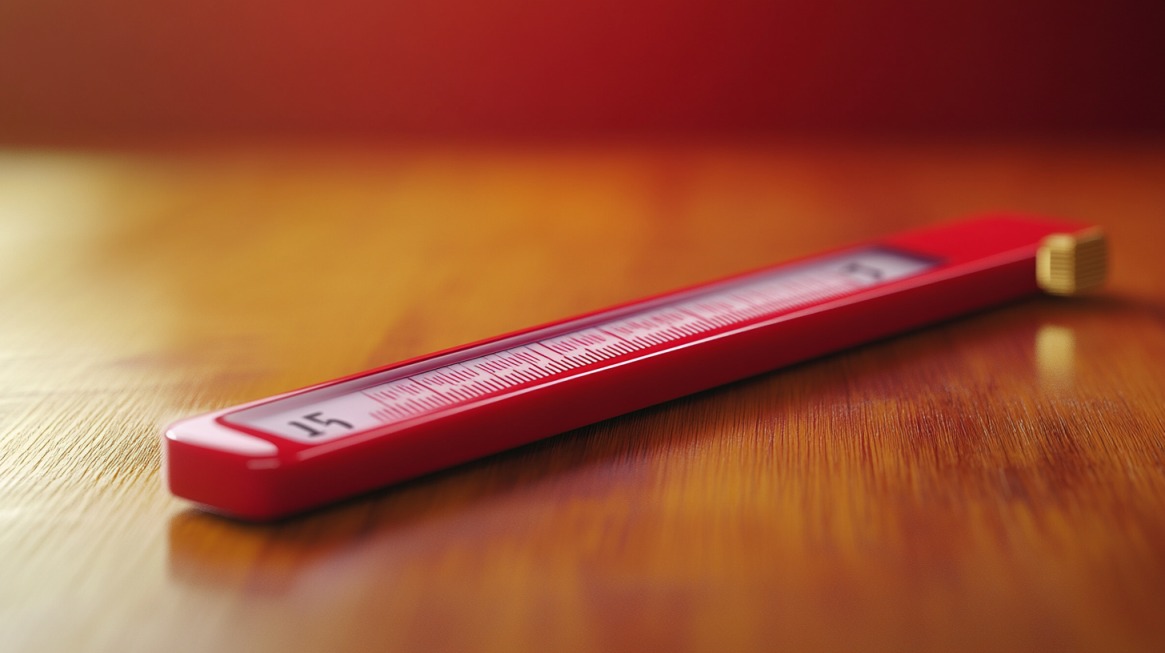
Skin temperature means nothing without proof. A digital thermometer gives fast, clear readings so you can act quickly if a fever rises or stays high.
Pick one with a backlit display. Ear and forehead types read fast but may cost more. Stick to oral models for accuracy on a budget.
Tweezers: Precision Tool for Splinters, Stingers, and More
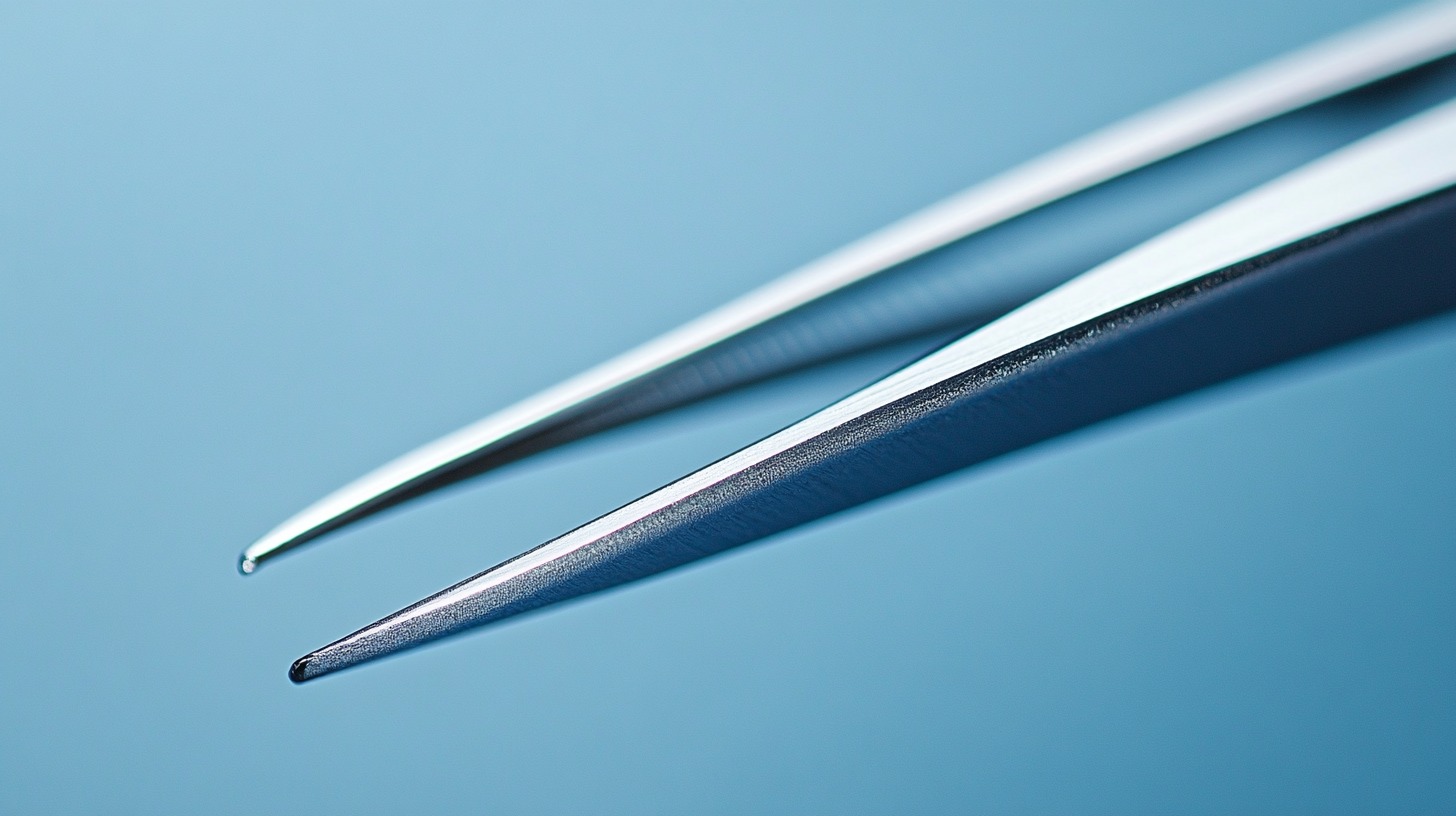
Splinters, ticks, glass shards, or bee stingers need removal without delay. Fingernails or paper clips cause more harm. Tweezers give control and reduce infection risks.
Pointed-tip stainless steel tweezers grip small objects tightly. Avoid plastic or wide-tip models. Choose ones with non-slip grip and protective cap.
Scissors: Clean Cuts When Accuracy Matters
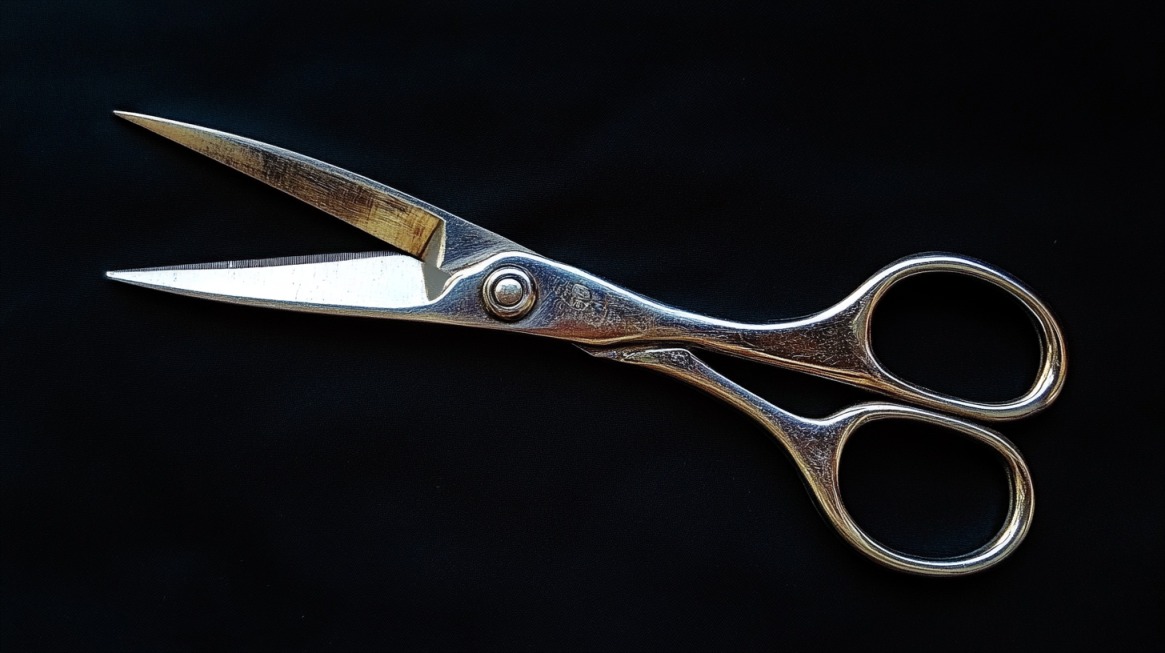
First aid scissors are made for medical use. Regular ones fail to cut gauze or medical tape cleanly. Blunt tips prevent accidental injury.
Choose stainless steel with blunt tips. EMT-style shears can cut clothing in emergencies. Include small curved scissors for trimming bandages or dressings.
Medical Gloves: Safety Barrier for You and Others
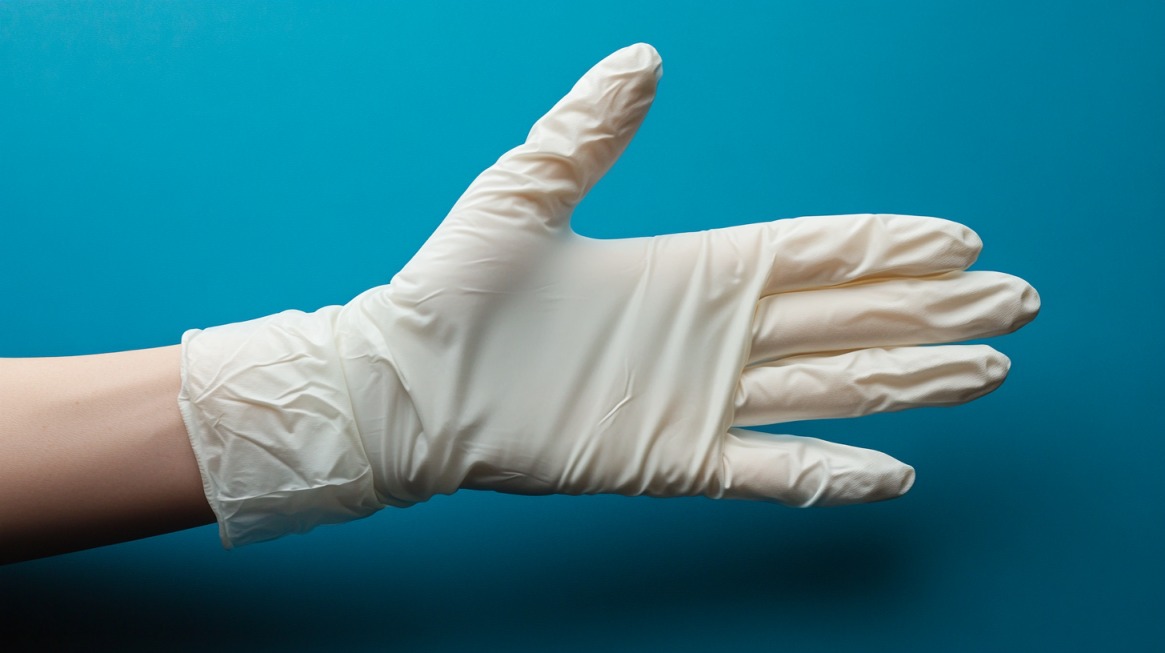
Touching wounds with bare hands spreads bacteria. Gloves protect both the person giving care and the person receiving it.
Non-latex gloves suit all skin types. Choose powder-free gloves to avoid irritation. Medium size fits most hands. Store in a sealed box to maintain cleanliness.
Acetaminophen or Ibuprofen: Relief for Pain and Fever
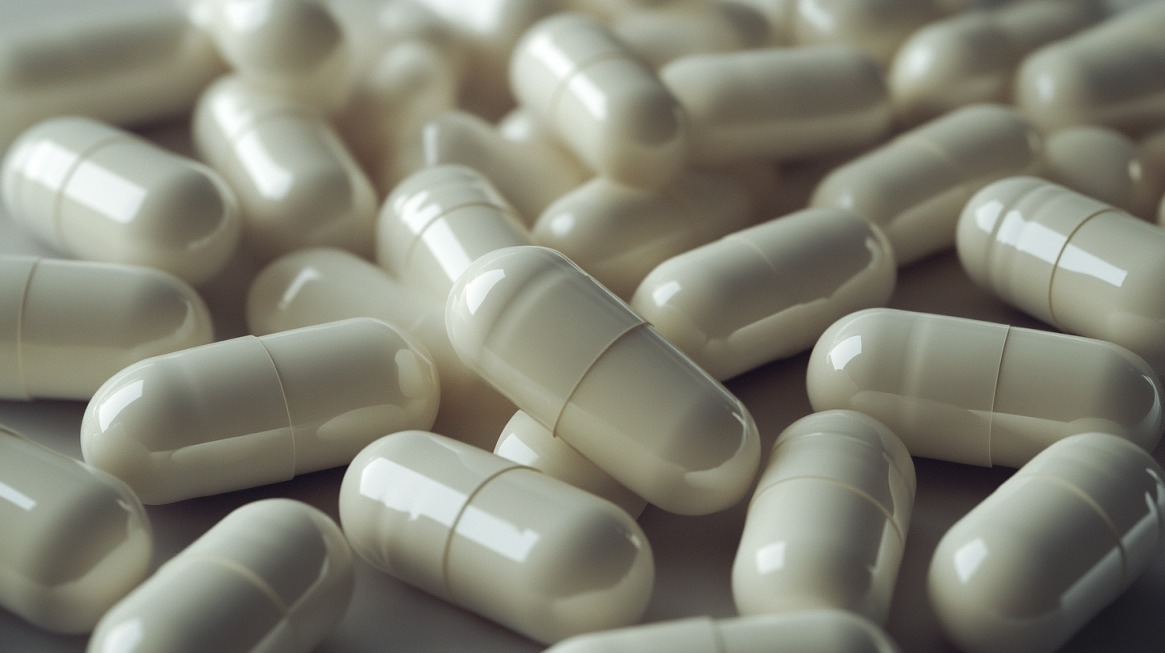
Acetaminophen eases pain and reduces fever. Ibuprofen does the same and also reduces swelling. Each works differently. Keeping both covers more symptoms.
Tablets for adults. Liquid for kids. Check expiration dates twice a year. Keep dosing cups or syringes with liquid options.
Antihistamines: Fast Help for Allergies and Unexpected Reactions
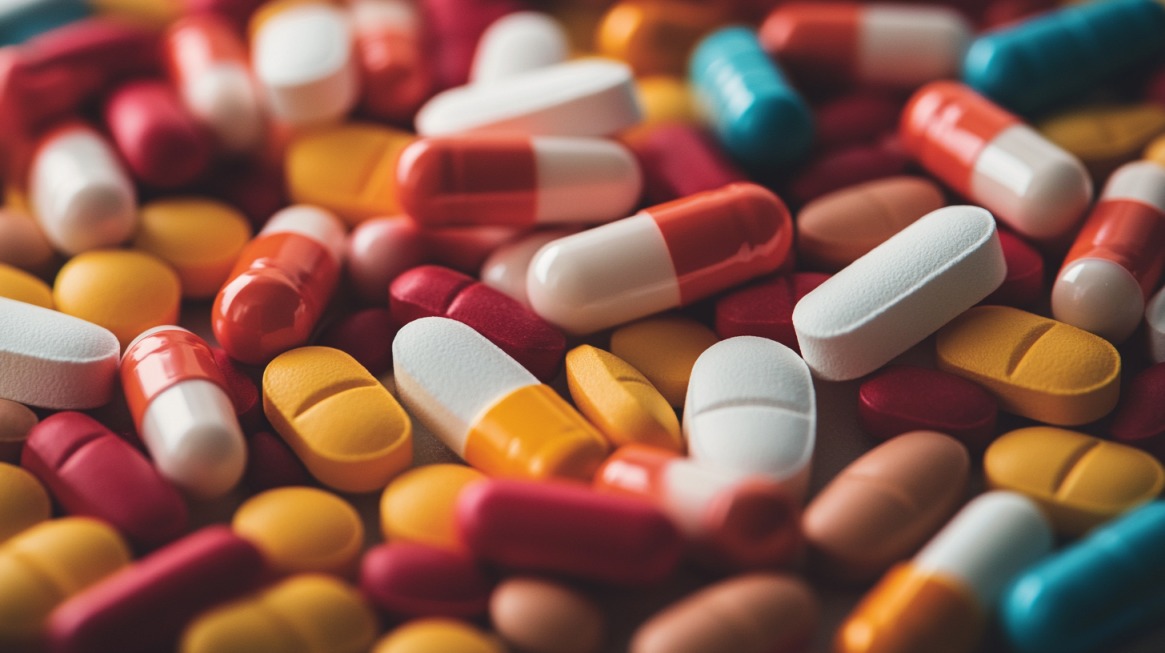
Allergic reactions can begin without warning. Sneezing, itching, hives, or swelling can all respond well to oral antihistamines. Keeping them close protects comfort and safety.
Diphenhydramine for fast relief. Loratadine for daily, non-drowsy support. Keep both options in labeled containers. Stock chewables or syrup for children.
Cough Drops: Easy Relief for Sore Throats and Minor Coughs

Dry throat or light cough often causes major discomfort. Cough drops offer moisture and short-term relief fast. No water needed, no preparation required.
Menthol-based drops help open airways. Honey or herbal blends soothe irritation. Choose sugar-free versions for better dental care.
Keep sealed packs in original packaging. Do not give to small children. Rotate stock every six months to maintain flavor and strength.
Anti-Diarrheal Tablets: Critical Support During Digestive Trouble
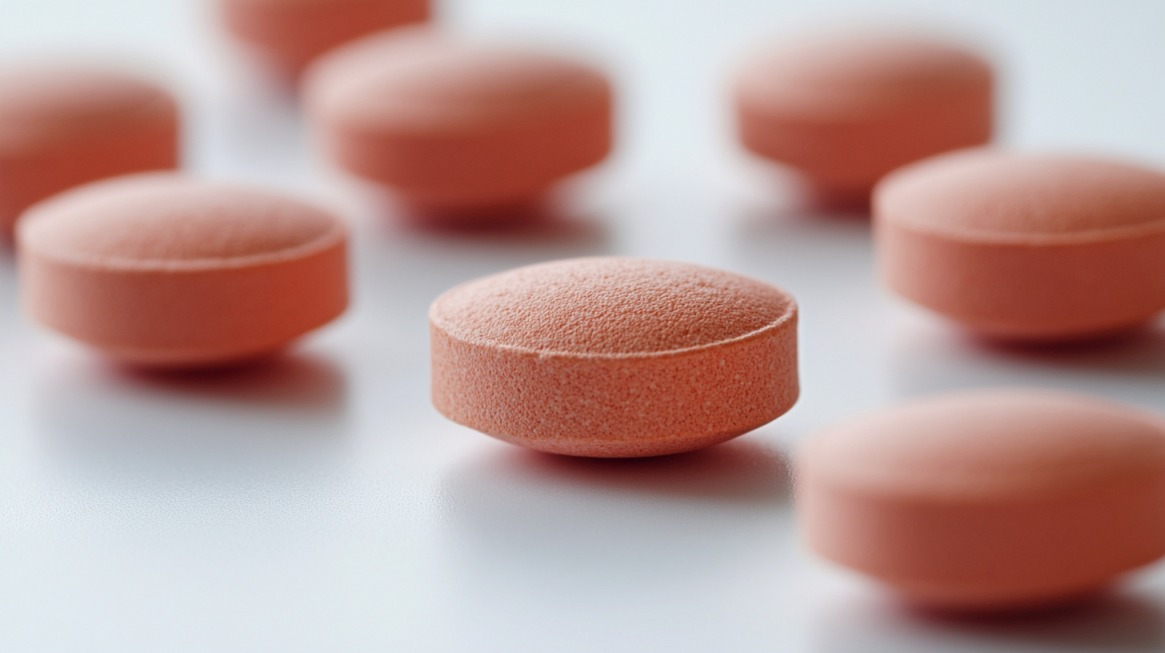
Diarrhea can cause fast fluid loss. Quick control helps restore normal function and avoid weakness. Delaying treatment can lead to bigger problems.
Loperamide tablets work well for adults. Keep electrolyte drinks or powders nearby for full support. Store both in a clearly marked container.
Antibiotic Ointment: Protection Against Infection After Minor Cuts
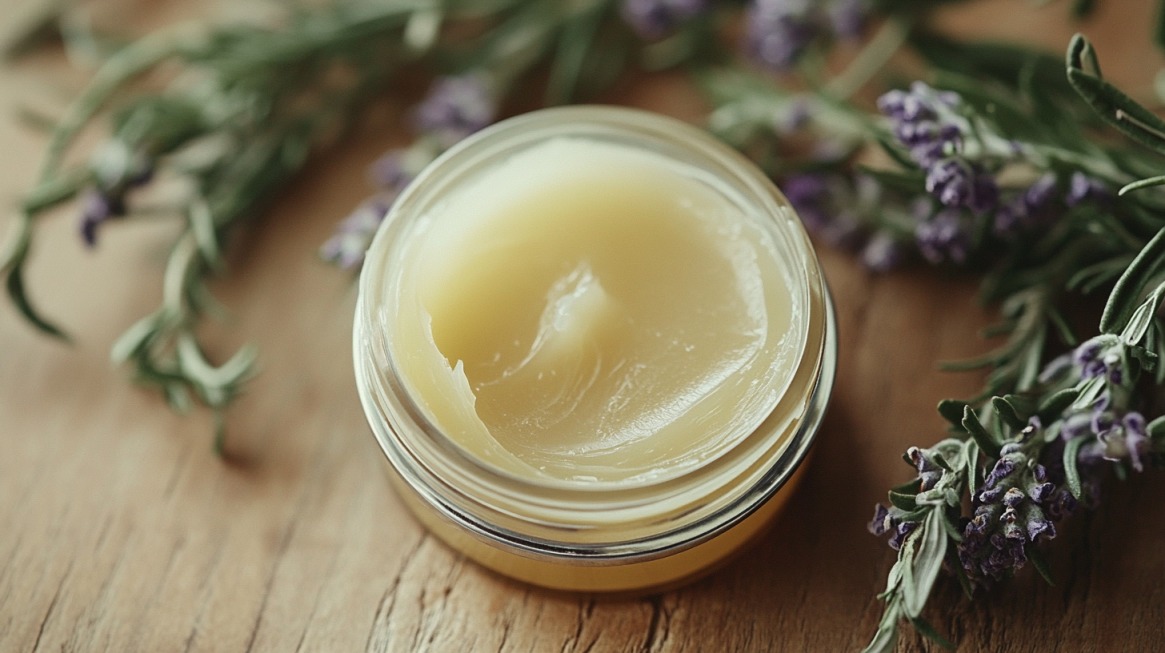
Small wounds exposed to dirt or moisture risk infection. A thin layer of antibiotic ointment helps prevent that and supports faster healing.
Best Products
Look for triple antibiotic formulas. Choose small tubes to reduce waste. Keep one sealed and one open for active use.
Hydrocortisone Cream: Fast Itch and Rash Relief
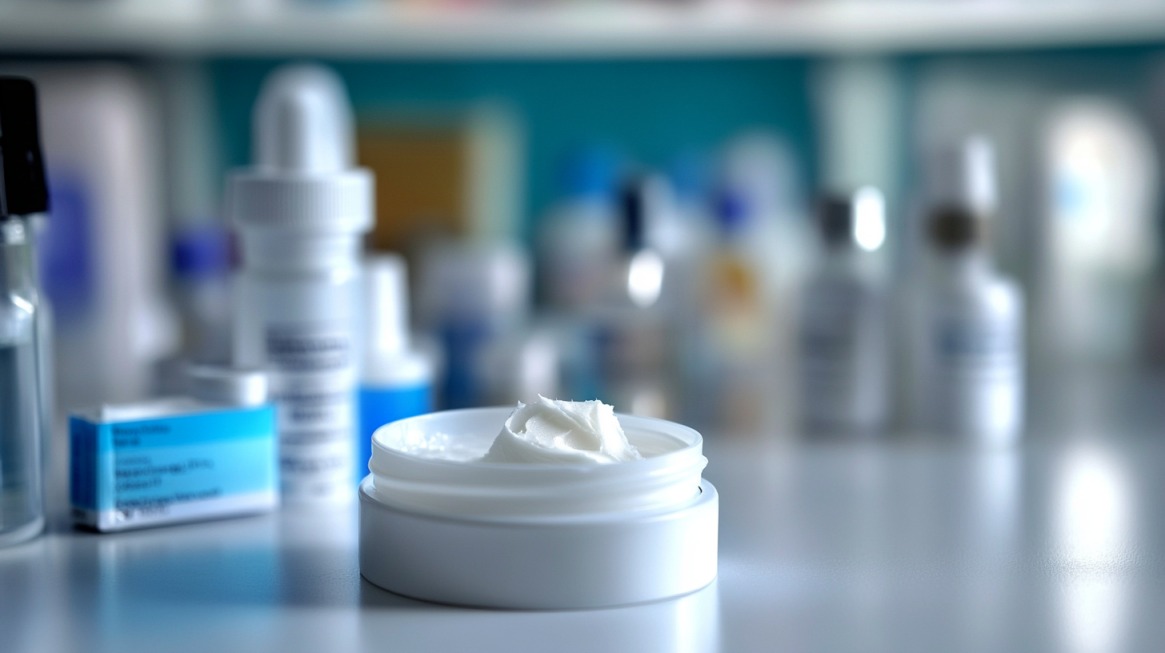
Rashes, bug bites, or mild eczema all cause intense discomfort. Hydrocortisone cream reduces swelling and calms the skin quickly when applied early.
1% strength suits most household needs. Buy small tubes and store away from heat or sunlight.
Hand Sanitizer: Quick Disinfection Without Water
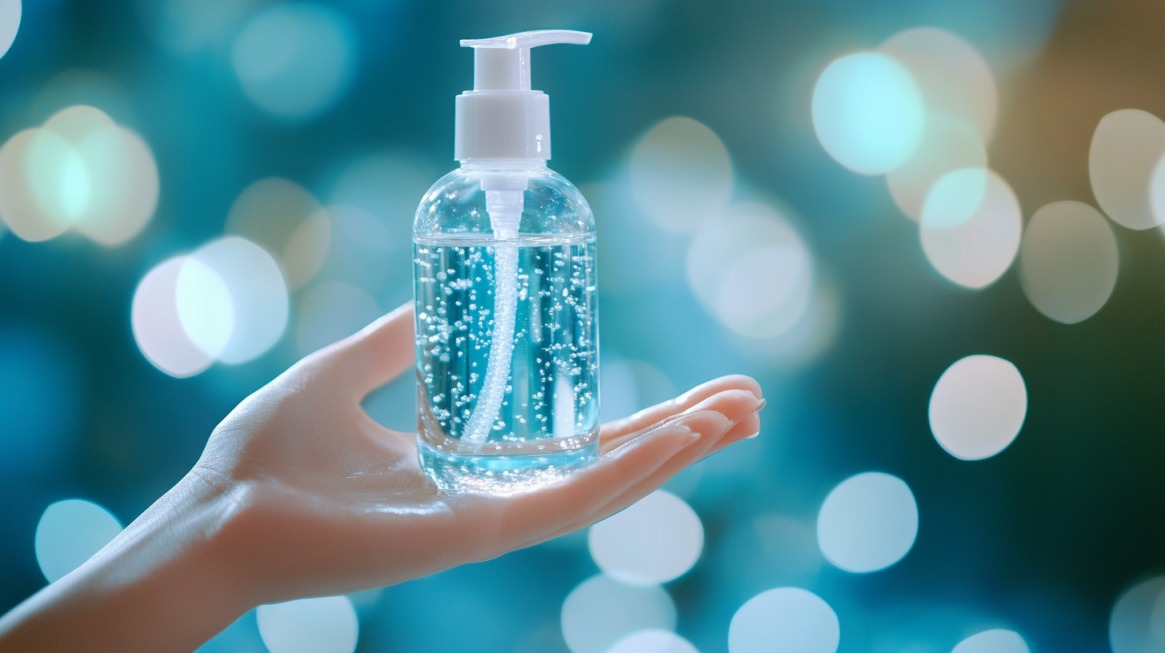
Hands carry bacteria that move fast to food, eyes, and wounds. Hand sanitizer cleans instantly without needing a sink.
What to Choose
At least 60% alcohol content. Fragrance-free options suit sensitive skin. Keep pocket-size bottles in bathrooms, kitchens, and near entrances.
Face Masks: Barrier Protection for Airborne Risks and Illness
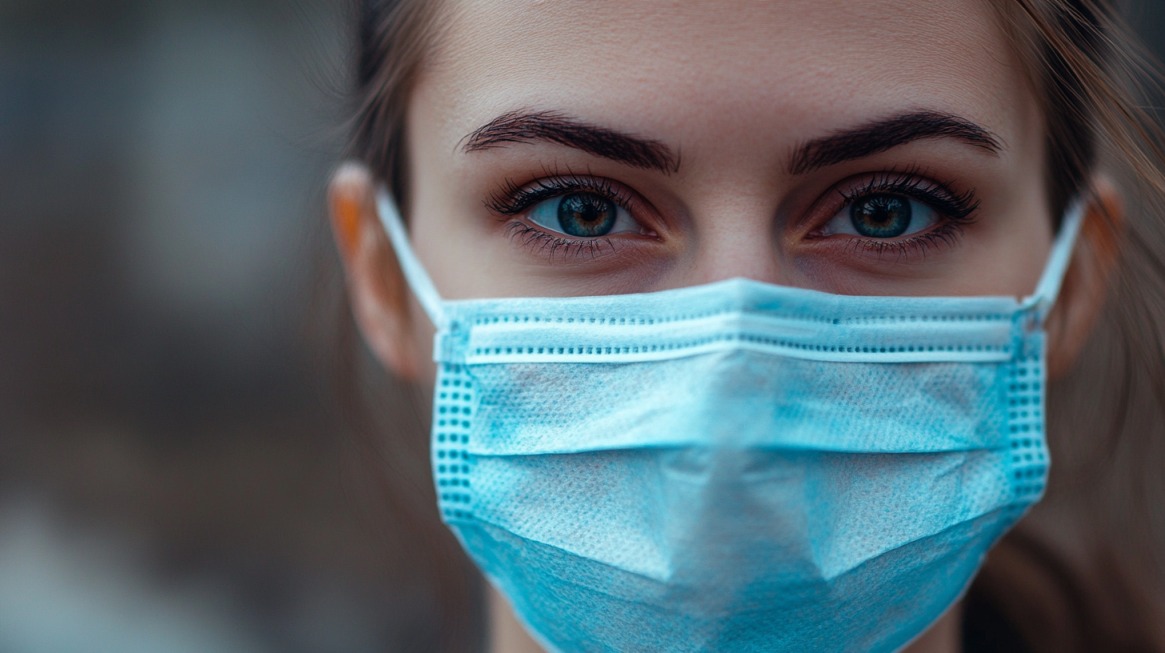
Illness spreads through coughs, sneezes, and shared air. Face masks reduce transmission. They protect both the wearer and people nearby.
Disposable surgical masks for single use. Cloth masks with multiple layers for short errands. Keep a small supply in every room, bag, and glove box.
Store masks flat in resealable plastic bags. Discard disposable ones after use. Wash cloth masks with hot water and dry fully before reuse.
Oral Rehydration Salts: Fast Recovery During Fluid Loss
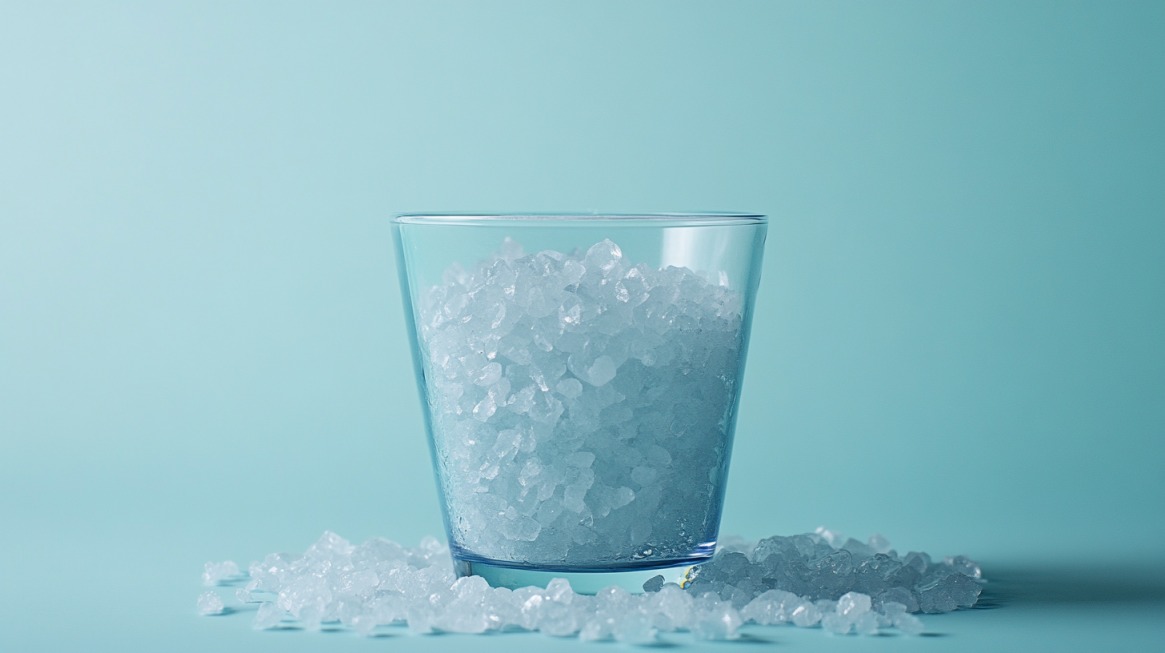
Plain water does not replace lost electrolytes. Vomiting, diarrhea, and fever pull salt and sugar out of the body. Oral rehydration salts restore balance quickly.
Packets with measured sodium, potassium, and glucose. Look for pre-mixed options for children. Store near anti-diarrheal tablets and electrolyte drinks.
Blood Pressure Monitor: Stay Ahead of Hypertension at Home
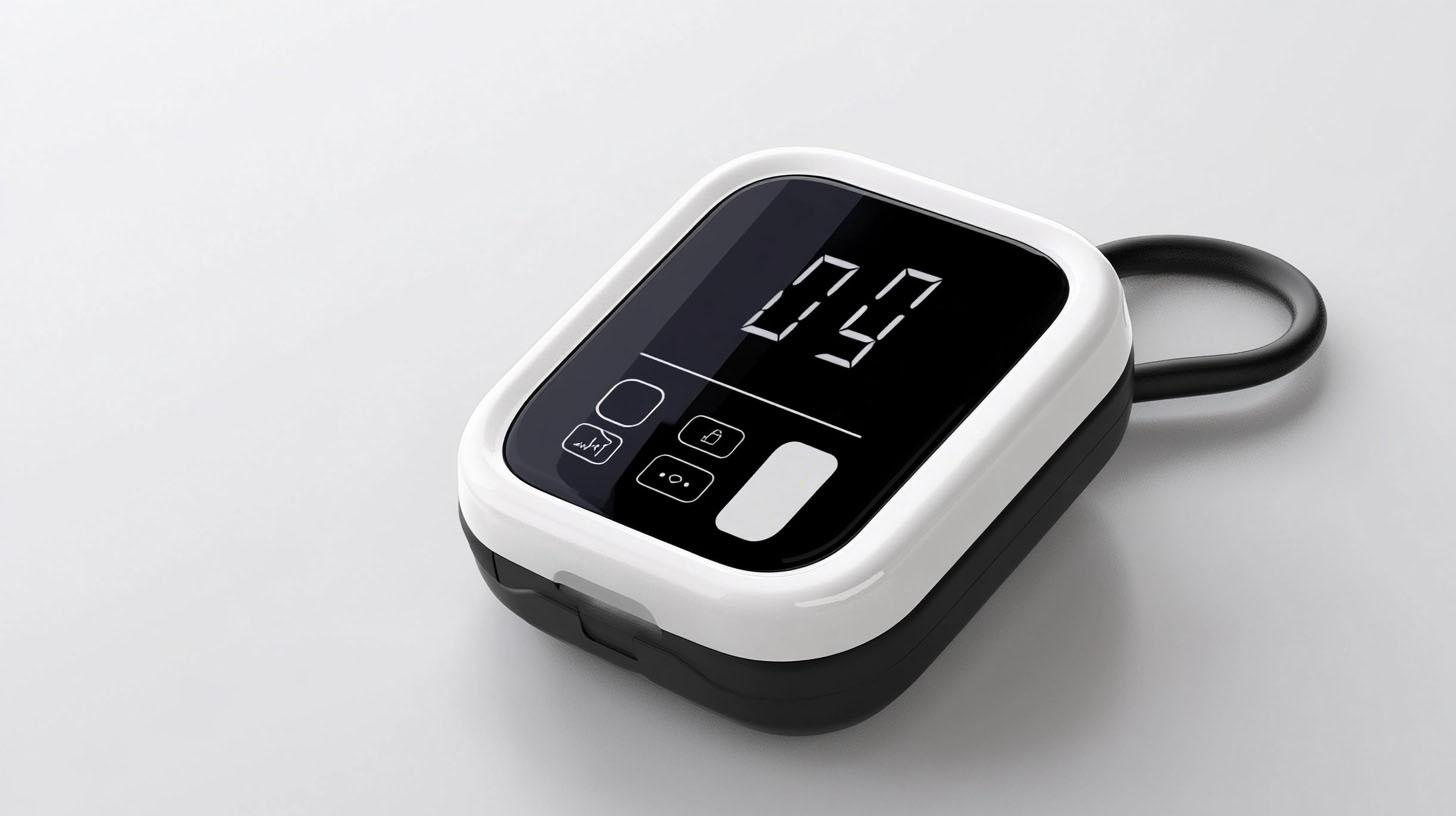
High blood pressure rarely shows symptoms. Regular checks help track changes and guide medical decisions. Knowing your numbers gives control.
Automatic cuff models are easy to use. Arm cuffs give better accuracy than wrist cuffs. Select a model with a memory function for tracking trends.
Sit calmly for five minutes before checking. Keep your arm supported at heart level. Record the reading with time and date. Share with your doctor when needed.
Flashlight with Batteries: Lighting the Way During Power Outages
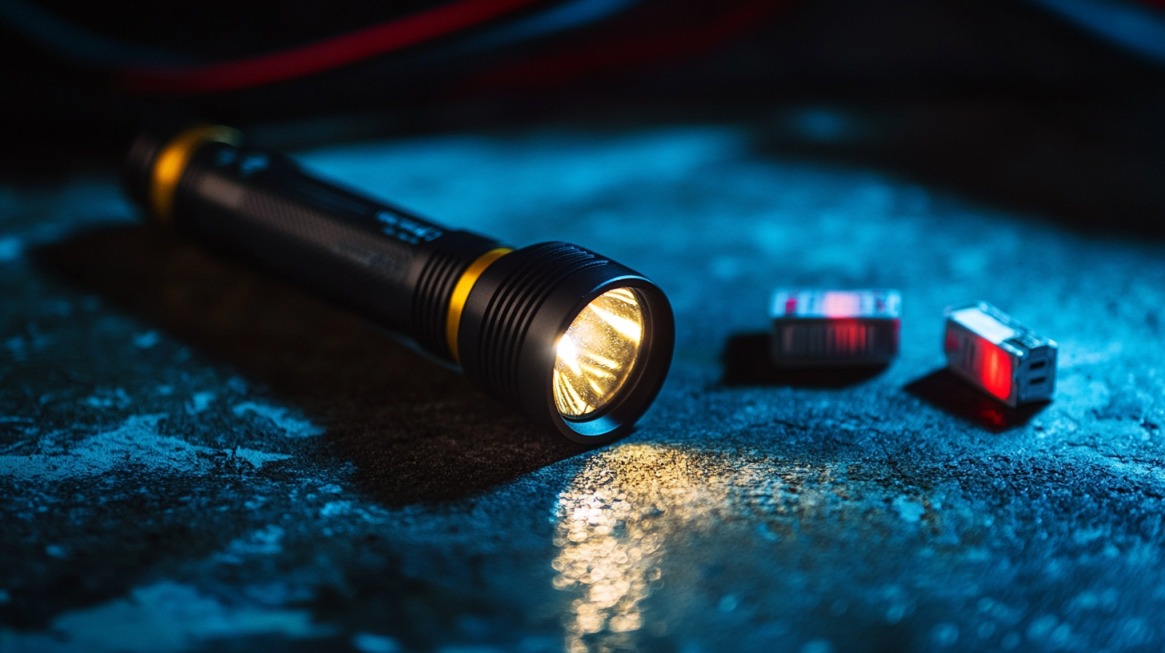
Phone flashlights drain battery fast. A dedicated flashlight provides stronger, focused light during blackouts or emergencies.
LED flashlights for long life and brightness. Choose one with rubber grip and water resistance. Always store with spare batteries next to it.
Emergency Contact List: Your Backup When Seconds Count

Stress can block clear thinking. A printed emergency contact list removes guesswork during medical situations or power loss.
Doctors, local urgent care, poison control, family contacts, and pharmacy numbers. Write legibly. Update every six months.
Place one copy on the fridge. Keep another in your emergency kit. Laminate both to protect against moisture or wear.
Copies of Prescriptions: Fast Recovery if You Lose Your Medications
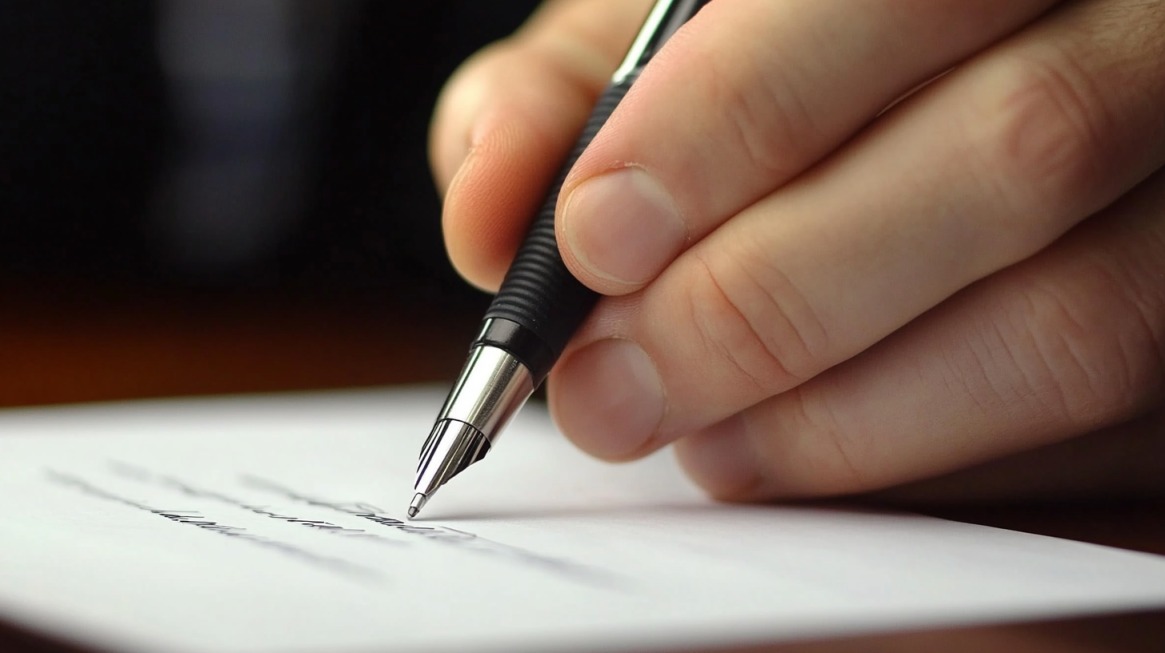
Losing medication during travel, evacuation, or hospital visits causes delays. A printed copy speeds up replacements and ensures correct refills.
Name of medicine, dosage, prescribing doctor, and refill dates. Include both regular and as-needed prescriptions.
Place in a labeled envelope or waterproof pouch. Keep one copy at home and another in a go-bag. Update every time your medication changes.
Last Words
Every item on your shelf should earn its place. A well-stocked home kit is not about stockpiling. It is about precision, purpose, and peace of mind. Each supply listed above solves a clear problem. No clutter. No guessing.
Take ten minutes today. Open your cabinet. Check your stock. Replace what expired. Add what you missed. Preparation does not ask for much-only attention.
One smart shelf can turn chaos into calm. Make yours count.
Bonus Tip: Daily vitamins won’t replace a first aid kit, but they can help keep your body strong enough to avoid needing it in the first place!
